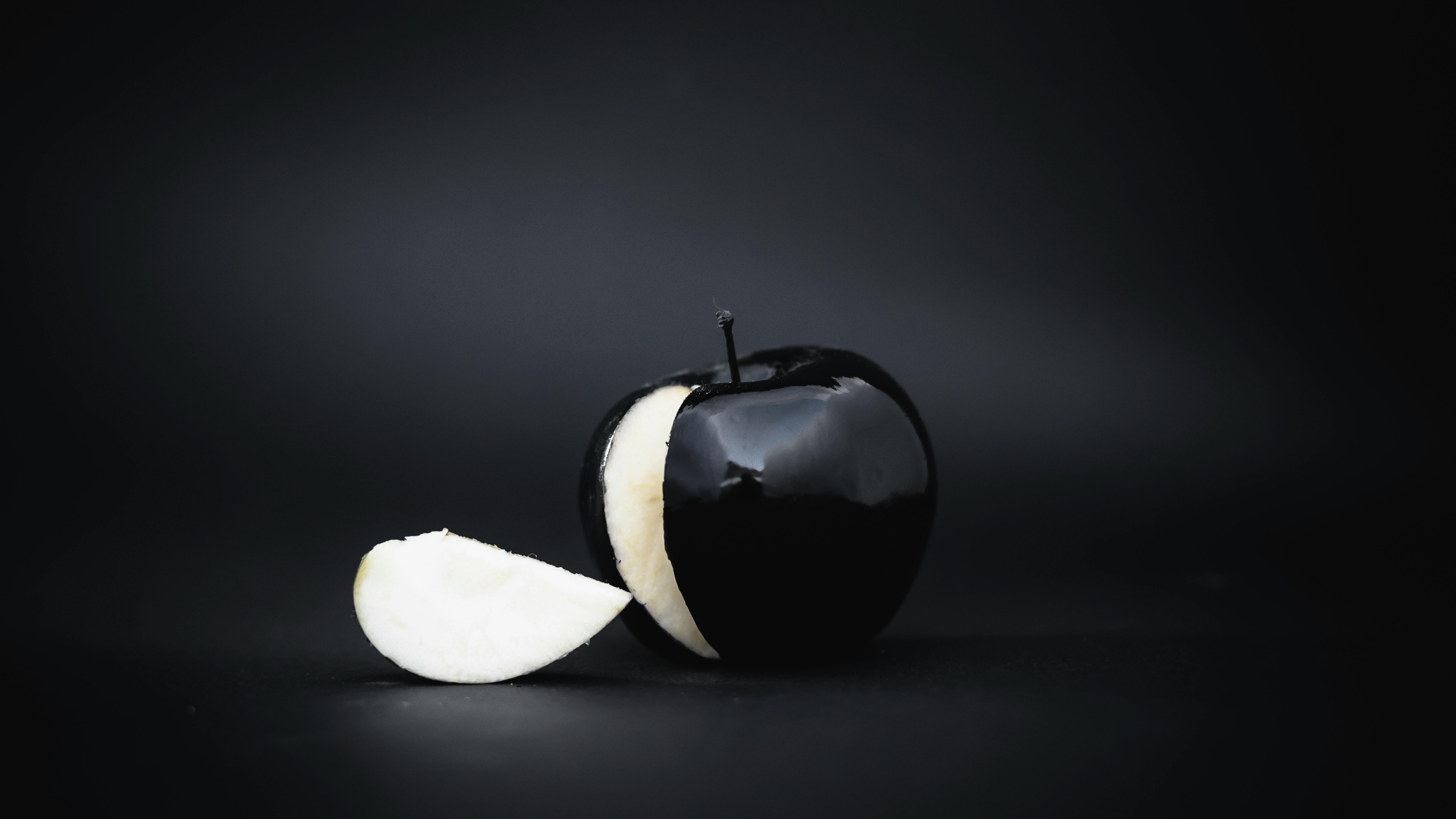Fruit glaze is a sweet and delicious way to top off a variety of desserts. It is easy to make and can be customized with different flavors and colors. With a few simple ingredients you can create a delicious glaze that will make any dessert look and taste fantastic. In this guide, we will show you how to make a fruit glaze that will add a special touch to your favorite desserts.Fruit glaze is a type of icing or coating made from fruit juice, sugar and sometimes gelatin. It is used to give a glossy finish to cakes, tarts and other desserts. Fruit glazes are also used to give a sweet flavor and add color to dishes such as fruit salads.
What You Need To Make A Fruit Glaze
Making a fruit glaze is an easy way to add a delicious sweet coating to your favorite desserts. Fruit glazes are a great way to dress up cakes, cookies, pies, and other treats. The ingredients for making this sweet glaze are simple and the process is quick. All you need is some fresh or frozen fruit, sugar or honey, water, cornstarch or arrowroot powder, and a bit of lemon juice or vinegar.
To make your fruit glaze, start by crushing the fresh or frozen fruit until it becomes a thick paste. If you’re using frozen fruit, be sure to thaw it before crushing. Once the fruit is crushed and has reached the desired consistency, add enough sugar or honey to sweeten the mixture. Then add in two tablespoons of water for every one cup of crushed fruit.
Next, mix in two teaspoons of cornstarch or arrowroot powder for every one cup of crushed fruit. This will help thicken your glaze into a syrup-like consistency that will be perfect for drizzling over cakes and cookies. Finally, add in a teaspoon of lemon juice or vinegar to help balance out the sweetness of the glaze.
Once all the ingredients have been combined together and whisked until smooth, transfer your glaze into a small pot and bring it up to a simmer over medium heat. Continue stirring until the mixture thickens into a glossy syrup-like texture that’s perfect for drizzling over desserts. Allow your glaze to cool before using it on cakes and other treats. Enjoy!
Preparing The Fruit For The Glaze
Preparing the fruit for the glaze is an essential part of making a delicious glaze. Depending on the type of fruit used in the glaze, there are a few different techniques that can be used to prepare it for use. For berries, hulling and mashing them into a pulp is often required. This can be done with either a fork or an immersion blender. For citrus fruits, zesting and juicing is typically necessary before adding it to the glaze. Additionally, diced or sliced fruit may need to be cooked in butter or sugar before adding it to the recipe. Preparing the fruit properly ensures that all of its flavor and texture will be featured in the final product.
Once all of the ingredients have been prepared, they can be combined in either a saucepan or skillet over medium heat. The ingredients should be stirred together until they become thick and glossy. Once this has been achieved, it’s time to pour the glaze over whatever dessert you are making. Whether you’re topping off a cake or drizzling it over some ice cream, your homemade glaze will add an extra layer of flavor and sweetness that you won’t get from store-bought versions.
Creating The Base Of The Glaze
Creating the base of the glaze is an important part of the process. The base is typically made up of a combination of ingredients such as sugar, corn syrup, and flavorings. The ingredients must be carefully measured and mixed together to achieve the desired consistency and flavor. Once all of the ingredients are combined, they are heated until they reach a specific temperature. This is important because it helps to ensure that all of the ingredients have mixed together completely and that the glaze will have a smooth texture when applied to pastries or other desserts. Finally, it is important to cool the mixture down before it can be used on desserts or other edible items.
It is also possible to add additional flavorings to the glaze once it has been cooled down. This could include extracts, syrups, fruits, spices, nuts, or any other type of flavoring that would enhance the glaze’s flavor profile. It’s important to remember that adding too many additional flavors could overpower the primary taste of the glaze and make it unappealing for people to eat. Once all of these steps are complete, it’s time to apply the glaze to your desserts and enjoy!
Adding Liquid To The Glaze
Adding liquid to a glaze is an important step in the glazing process. The type of liquid used will depend on the type of glaze being applied, as well as the desired effect. For example, if a glossy finish is desired, then a thinner liquid such as water or oil should be used. If a matte finish is desired, then a thicker liquid such as paint or varnish should be used. In addition to the type of liquid, the amount of liquid added to the glaze will also affect how it looks and performs. Too little liquid may result in an uneven finish, while too much may cause cracking or bubbling in the finished product. It is important to measure out the proper amount of liquid before adding it to the glaze to ensure that it produces the desired results.
Once the right amount and type of liquid has been added to the glaze, it should be thoroughly mixed until all ingredients are evenly distributed throughout. This will help ensure that all areas of the object are evenly covered and that there are no air bubbles trapped inside. After mixing, it is important to allow enough time for any air bubbles that may have formed during stirring to escape before applying the glaze onto an object. This can be done by leaving the mixture for a few minutes or by using a brush or roller to remove any excess air bubbles.
In addition to using liquids for mixing with glazes, some recipes may also call for additional ingredients such as food coloring or spices. These should also be mixed into the glaze thoroughly before application. Once all ingredients have been combined and mixed together properly, they can then be applied onto an object with either a brush or roller. The key is making sure that all areas are evenly covered and that there are no air bubbles trapped inside which can cause cracking or bubbling in the finished product.

Flavoring The Fruit Glaze
Adding flavor to a fruit glaze can really take it up a notch. Whether you are looking to add sweetness, tanginess, or a hint of spice, there are plenty of flavors that will enhance the flavor of the glaze. Here are some tips on how to add flavor to your fruit glaze:
One of the best ways to add flavor is by using fresh fruit in the recipe. Fresh fruits can bring out the natural sweetness in a glaze and also provide an interesting contrast to other flavors. Try adding different types of fruits such as strawberries, blueberries, raspberries, and blackberries for added sweetness and texture. You can also use citrus zest or juice for added tartness.
Another great way to add flavor is by using spices. Spices such as cinnamon, ginger, nutmeg, allspice, or cardamom can all bring out different flavors in the glaze and really elevate it. You can also experiment with herbs like rosemary or thyme for a more savory flavor.
Finally, don’t forget about adding sweeteners such as honey, maple syrup, or brown sugar for a bit of extra sweetness. You can adjust the amount depending on how sweet you want your glaze to be. These ingredients will help balance out any tartness from the fruit and provide a nice balance between sweet and savory flavors.
By experimenting with different fruits and spices you can create unique and flavorful fruit glazes that will enhance any dish. Whether you are making a simple topping for pancakes or an elegant dessert topping for cheesecake, adding flavor to your fruit glaze will take it up a notch!
Thinning Out The Fruit Glaze
Making a fruit glaze is a great way to add a bit of sweetness and flavor to many desserts and dishes. If your glaze is too thick, however, it can be difficult to spread or drizzle evenly over the top of your dish. Luckily, thinning out the fruit glaze is an easy process as long as you have the right ingredients on hand.
The most important thing to remember when thinning out a fruit glaze is to start with adding small amounts of liquid at a time. Depending on the type of fruit glaze you are working with, you may need to add different types of liquids. For example, if your glaze uses honey or corn syrup as its base, adding water can help thin it out. If your glaze uses butter or oil as its base, adding milk or cream can help thin it out.
Once you have added a small amount of liquid, stir the mixture together until it is thoroughly combined. If the mixture still looks too thick for your liking, you can continue to add more liquid in small increments until you reach your desired consistency. Be sure not to add too much liquid at once since this can make the mixture too runny and ruin the flavor of the glaze.
Another way to help thin out a fruit glaze is by adding some powdered sugar into it. Powdered sugar helps absorb some of the moisture from the mixture and can give it a smoother texture without making it overly sweet. To make sure that your finished product isn’t too sweet, start off by adding just one tablespoon at a time and adjust from there if needed.
Finally, if all else fails and your glaze still looks too thick for you liking, try adding some melted butter into the mixture in very small amounts until you achieve your desired consistency. This will add richness and flavor while also helping thin out the mixture at the same time. Just make sure that whatever liquid you choose to use matches well with the type of fruit in your glaze so that everything comes together nicely in terms of flavor!
Cooking The Fruit Glaze
Making a fruit glaze is a great way to add sweetness and flavor to any dish. This type of glaze is often used on baked goods, desserts, and even savory dishes like pork chops or roasted vegetables. The process of making a fruit glaze involves combining fruit juice, sugar, and butter in a saucepan and heating until the mixture bubbles and thickens. Depending on the recipe, you may also add spices or other ingredients such as cornstarch to help thicken the glaze or lemon juice for additional flavor. Here’s how to make your own delicious fruit glaze at home.
The first step in making a fruit glaze is to gather your ingredients. You’ll need some type of fruit juice- preferably one with natural sweetness like apple or white grape- along with granulated sugar and butter. If desired, you can also add spices like cinnamon or nutmeg for extra flavor. Once you have your ingredients ready, it’s time to get cooking!
Start by pouring the fruit juice into a medium-sized saucepan set over medium heat. Add in the sugar and stir until fully dissolved. Then add in the butter, stirring occasionally until it has completely melted into the juice mixture. Once everything is combined, turn up the heat slightly and bring the mixture to a gentle boil, stirring frequently so it doesn’t stick or burn on the bottom of the pan.
Let the glaze continue to boil for about 5 minutes or until it has thickened slightly and coats the back of a spoon when dipped into it. Remove from heat and let cool before using as desired. If you want an even thicker glaze, you can whisk together cornstarch with cold water before adding it into the mixture during its last few minutes of boiling time; this will help thicken it further without compromising its sweetness or flavor.
That’s all there is to making your own delicious fruit glaze! This sweet topping is perfect for adding extra flavor to any dish- from cakes and pies to roasted vegetables or savory meats- so why not give it a try? With just a few simple ingredients you can make an easy but delicious addition that everyone will love!

Conclusion
Fruit glazes are a great way to add a unique flavor and texture to your dishes. They can be used on cakes, pies, tarts, pancakes, waffles, and many other desserts. Making them is simple and requires just a few ingredients. You can combine any type of fruit juice or syrup with sugar and cornstarch or arrowroot powder to create a delicious glaze that complements your favorite desserts.
When making your fruit glaze, it’s important to remember that the ratio of liquid to sugar should remain the same. If you’re looking for a thicker glaze, then increase the amount of cornstarch or arrowroot powder in your recipe. If you want something thinner, then reduce the amount of cornstarch or arrowroot powder in your recipe. Experimenting with different ratios can help you find the perfect texture for your desired results.
Fruit glazes are an easy way to add unique flavor and texture to any dessert. With just a few ingredients and some simple steps, you can make a delicious glaze that will elevate your recipes and impress your family and friends!



